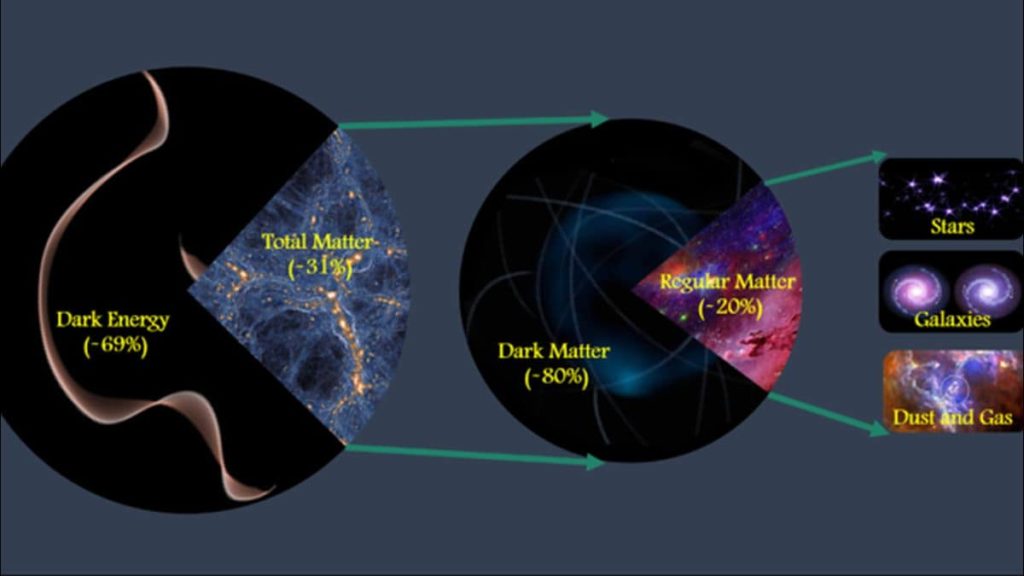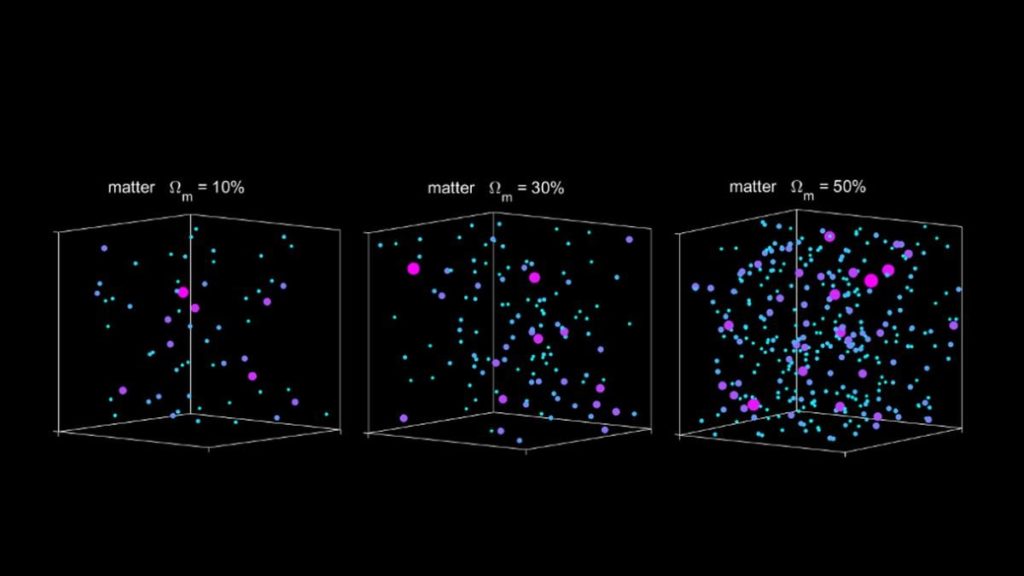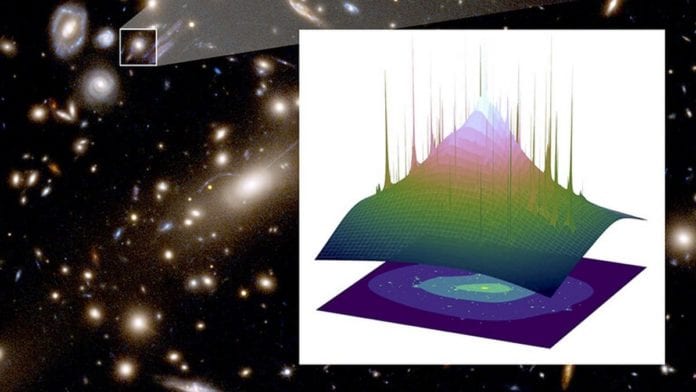The topic of dark matter and the precise measurment of the absolute or total amount of matter in the Universe has been a cosmic mystery for a long time now. The Astrophysical Journal has decided to shed some light on that topic and help us with the unfolding of the mystery.
The Astrophysical Journal has stated that matter roughly accounts for 31.5 per cent of the total amount of matter and energy that constitutes the Universe, and that it could go up or down by 1.3 per cent. It has also stated that the remaining 68.5 per cent constitue dark energy, which is a force that has been responsible for causing the expansion of the Universe. This was concluded by specific observations of distant supernovae which happened in the late 90’s.

It can be said that the total amount of matter which is present in the universe can be equal to 66 billion trillion times the mass of the Sun, as stated by an astrophysicist named Mohamed Abdullah from the University of California, Riverside.
The matter that we are referring to with respect to the Universe is in majority just dark matter. There haven’t been too many studies conducted on this topic. The nature of this dark matter is not exactly known and it could be possible that it comprises some undiscovered subatomic particles.
The observations made from this particular study also happened to tally with previous findings which showed values discovered by other teams who had adopted cosmological techniques. These cosmological techniques included measuring the temperature fluctuations in the low energy radiation which is a leftover phenomenon from the Big Bang among many others.
A little about how we exactly weigh the Universe and Dark Matter
As stated by the team responsible for conducting the studies, they had to refine a 9-decade long technique which spoke of noticing how galaxies orbit within galaxy clusters. These galaxy clusters also hold thousands of galaxies within themselves.
Through these observations and findings, the team observed how strong the gravitational pull of the galaxy clusters was, and from this, the tidal mass was deduced. This method of calculating the mass had been developed by Fritz Zwicky who was an astronomer. Fritz Zwicky had also suspected the presence of dark matter in the galaxy clusters as well.

He concluded by observing the Coma galaxy cluster that its combined gravitational mass was not capable of stopping those galaxies from spinning away from each other which led him to conclude that there could possibly be invisible matter present, governing the situation.
Currently, more tools have been adopted by astronomers from the US National Science Foundation and NASA which are being used to study cosmic mass better. They are also developing a new tool called GalWeight that helps understand this process more accurately.
Further Reading:


